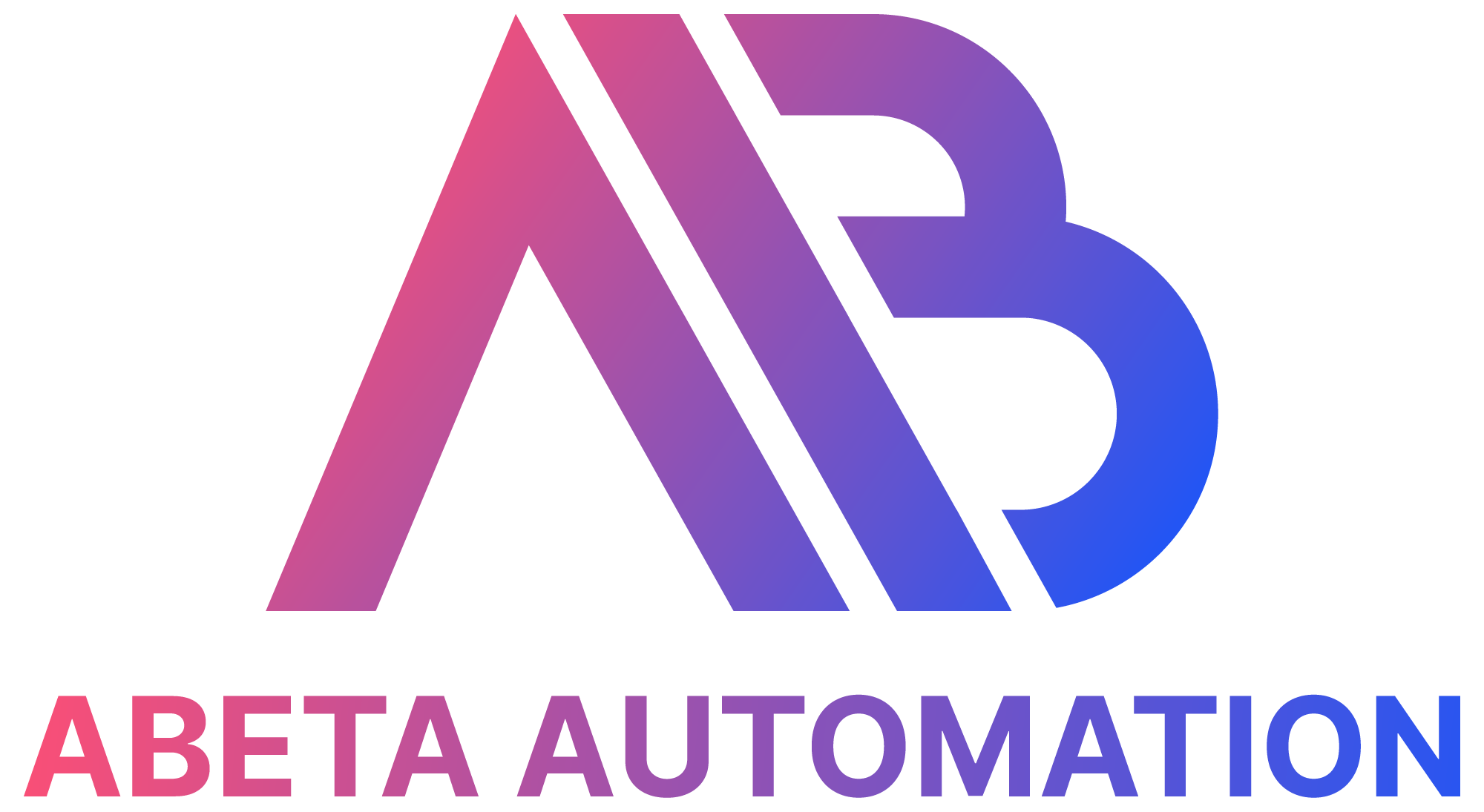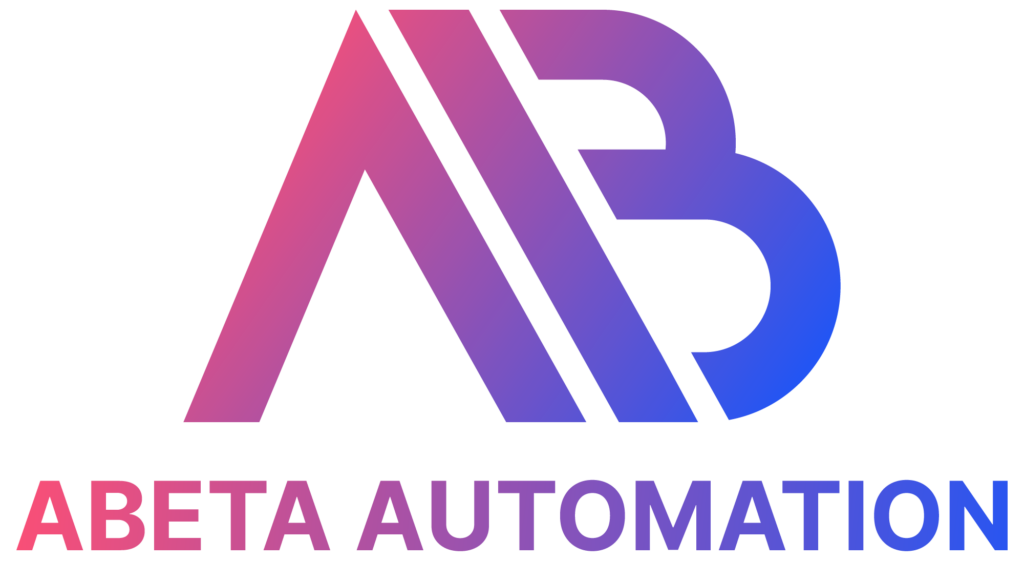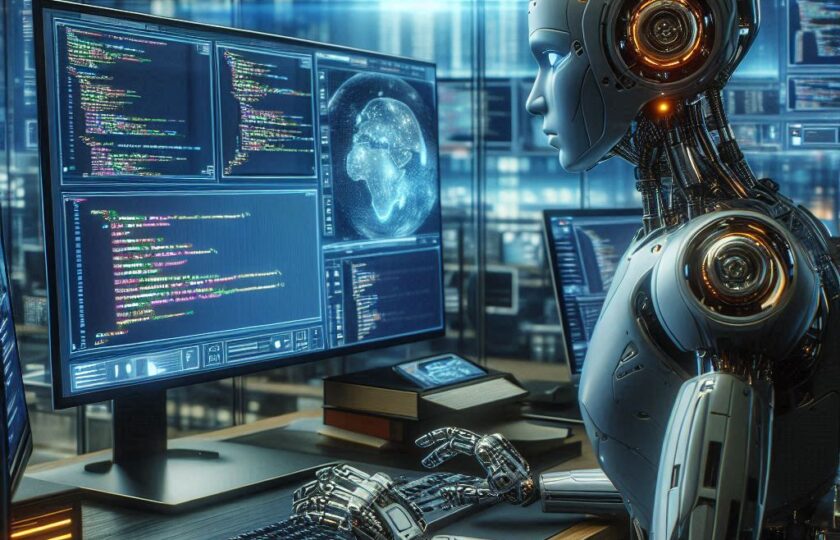Introduction: The Future of Coding Is AI Assisted
Imagine in just a few years, most of the code written no longer came from humans – is this the future of coding? According to Microsoft’s CTO Kevin Scott, that future is rapidly approaching. In a recent interview, Scott predicted that by 2030, AI will generate 95% of all code. It’s a bold claim but not impossible as we seen tools like GitHub Copilot, OpenAI Codex, and Google’s Gemini already transforming the software development landscape.
But fear not, as this shift doesn’t mark the end of human developers—it marks a new chapter. Developers won’t disappear but rather evolve into system architects, prompt engineers, and orchestrators of AI tools. This transformation changes not only how we build software, but who can build it.
The Democratization of Software Development
One of the most profound outcomes of AI-assisted coding is accessibility. With the assistance of AI now able to translate natural language into functional code, the barriers to software development are falling. Non-technical users such as entrepreneurs, educators, marketers can now build apps, automate workflows, and launch digital tools without learning complex programming languages.
This shift empowers a broader range of people to solve problems with technology and accelerate innovation across industries.
Why This Matters for Enterprises
AI-generated code is more than a productivity boost—it’s a strategic advantage especially for companies with the following advantages:
Speed: Move from concept / proof of concept to deployment in days instead of months.
Scale: Smaller teams can now deliver large-scale projects.
Cost-Efficiency: Fewer development hours mean reduced overhead and faster ROI on projects.
The Industry Is Already Moving
Kevin Scott isn’t alone in his forecast. OpenAI CEO Sam Altman echoes this sentiment, predicting a world where the demand for traditional coding may shrink, but the value of engineers will grow as they become “AI-augmented supercoders”.
This isn’t about replacing developers but more so amplifying them. The combination of AI and human intelligence is set to redefine what’s possible in software development in the near future.
The 95% Prediction: Why It’s Credible
Scott’s 2030 prediction isn’t just speculative—it’s supported by clear trends such as:
AI tools already handle a significant share of code. GitHub Copilot and Amazon CodeWhisperer can generate up to 60% of code in common workflows.
Natural language programming is evolving rapidly. Models like OpenAI Codex and Meta’s Code LLaMA let users build basic software with plain English.
Massive investment is driving rapid development. Tech giants are pouring billions into enterprise AI platforms and developer tools.
Scott stresses that AI isn’t replacing developers – it’s enabling them to achieve more with less.
Line-by-Line Coding Is Becoming Obsolete
“Very little is going to be—line by line—human-written code,” Scott explained. Developers will guide AI to develop software, much like a director leads a film crew without handling the camera.
This mirrors shifts in other creative industries:
Design: Canva enables anyone to create professional visuals.
Marketing: AI generates ad copy and web content.
Customer Support: AI chatbots handle first-line service interactions.
Software development is simply the next domain to undergo AI augmentation.
Lower Barriers, Greater Participation
AI isn’t just helping experts code faster – it’s opening doors for everyone who wants to code! With natural language tools, non-programmers / non-technical users can now create websites, automate workflows, and build digital products using plain English.
Scott highlights that by reducing the technical barriers, AI enables more people to participate in shaping the digital world, which may become a crucial skill in the modern workforce.
But AI Isn’t Perfect…Not Yet…
Even with all the promise, current AI coding tools have limitations:
Memory constraints: AI models can lose track of long-term context.
System-wide understanding: Many AI models still struggle with multi-file or complex architectures.
Bias and fairness: Training data can introduce unintended flaws.
These challenges are real but solvable. As AI models evolve and workflows mature, these limitations will continue to diminish.
Developers Won’t Be Replaced—They’ll Be Reimagined
The idea that AI will write 95% of code by 2030 isn’t about replacement—it’s about reinvention. Developers will take on higher-order roles, focusing on creativity, strategy, and system design.
From Coders to Conductors
Just as conductors lead an orchestra without playing every instrument, developers will guide AI systems to deliver software. Their value lies in:
Framing problems, instead of writing syntax.
Designing architecture, rather than hand-coding modules.
Making strategic decisions, rather than doing manual implementation.
Most importantly, human ingenuity and judgment remain central.
The New Essential Skill Set
As coding shifts from execution to direction, new capabilities rise in importance:
- Prompt Engineering: Communicating effectively with AI to get optimal results.
- System Architecture: Designing scalable, maintainable software ecosystems.
- Critical Thinking: Evaluating AI outputs, testing edge cases, and ensuring safety.
- AI Literacy: Understanding how models are trained and where they may fall short.
These skills will define the next generation of tech talent.
Real-World Example: GitHub Copilot in Action
GitHub Copilot, used by over 1.2 million developers, demonstrates this future today. It generates entire functions based on a comment, suggests solutions, and speeds up development.
But developers are still essential. They:
- Select the best implementation
- Integrate code into larger systems
- Optimize for performance and security
The AI does the typing—the human does the thinking.
Collaboration Is the Future
In this new paradigm, success hinges on collaboration between humans and machines. Whether it’s AI chatbots in customer support or automation in business operations, the most effective outcomes come from partnerships—not replacements.
The software engineer of the future will be part technologist, part strategist, and part AI whisperer.
Conclusion: A New Era of Innovation
The question isn’t if AI will transform programming—it’s how fast, and how we’ll adapt.
We’re witnessing the rise of a new kind of developer—one who codes less, but creates more. One who spends less time typing and more time thinking. As we explore this transformation in our ongoing blog series, we’ll dive deeper into AI development, automation, and the evolving workforce.
The age of AI-led software development is here. Let’s build the future together!




